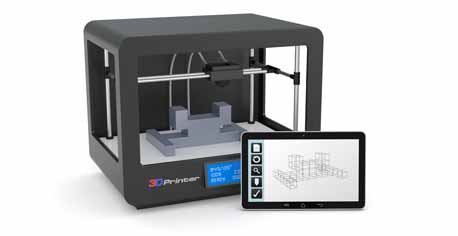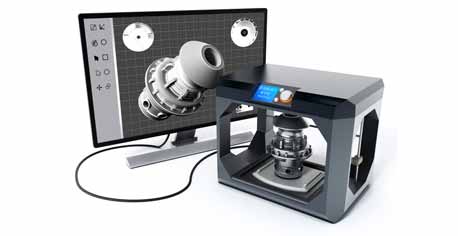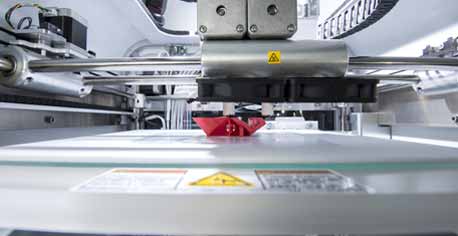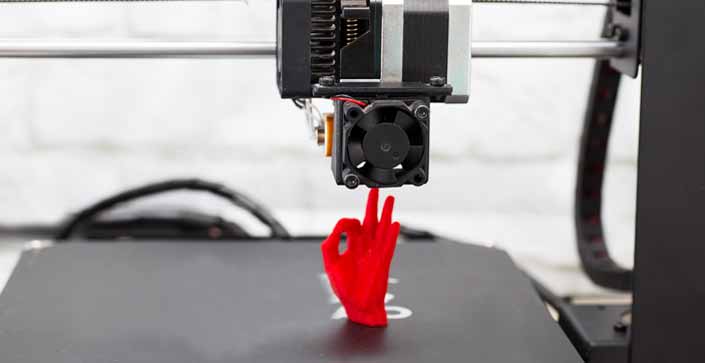There are a lot of different 3D printers on the market. Some use plastic filament, some use metal wire, and others work with sugar or chocolate for delicious edible objects. In order to create your own object from start to finish, you need a machine that can do all three of these things. That’s why it is important to know how much space you have available in your home or office before buying a printer.
Getting Your 3d Printer Ready for Use: A Step By Step Guide

1) The first step is to purchase a 3D printer and you can buy a 3D printer from https://pick3dprinter.com/3d-printer-prices/ website. Turn on the power supply and make sure it’s plugged into your printer as well as the wall outlet. If every light is green, it’s time to move onto the next step. If not, make sure that all of your connections are tight and that everything is connected correctly.
2) Turn on your computer, give it a few seconds to load up its operating system, and open the program you’re going to use for printing. You’ll have to install the correct software before you attempt to print anything.
3) The next thing you’re going to do is make sure that the Z-axis lead screw and motor are tight. If you have an all metal extruder, tighten it too. The filament tensioner will need tightened as well if you’re using a Bowden tube system.
4) Tighten any loose bolts or screws on your various parts or wiring. Try to keep your printer clean and put away any unneeded wires or fans.

5) All of your wiring is secure and there are no loose bits. You also don’t want any kinks in the wires, so make sure they’re not touching anything metal (or on a hot surface like the heat bed.) If the power supply is on, unplug it when checking your wiring.
6) If you’re using a bowden tube system for feeding the filament, then make sure that the filament feed tube is inserted into the correct end of the extruder. You should be able to look directly at your extruder’s gear and see if the filament is coming out or not. If not, check your tube and make sure it’s connected correctly.
7) It is sure that the X/Y axis is square to the build plate. You can do this by pulling the print head over to one of the corners. When you’re looking at it from the front, there should be no gap between any two sides of each axis. If there is, then tighten the bolts on that side.
8) Use a caliper to make sure that your build plate is parallel with the extruder nozzles or nozzle head (if it’s removed for maintenance.) The distance should be the same no matter where you measure from on the print surface. You can also check this from the front or back of your printer.
9) The best way to calibrate your build plate is by using a piece of paper and setting with exact knife or some other thin, sharp object that will not damage your surface. You want to slide the blade between the papers and build plate, making sure that it doesn’t catch on anything. If it catches, then your build plate is not parallel with the extruder nozzles.

10) Last but not least, make sure that you have filament loaded into the printer and are ready to go. There should be a knob on the side of your extruder and to insert the filament simply turn it counterclockwise until it’s tight. If you’re running out of filament, you’ll need to pull the knob on your extruder and load more in by hand. You have now completed setting up your 3D printer!
Conclusion
The content of this blog post has given you a quick guide to get your 3D printer set up so that it’s ready for use. Before long, we hope more people will be able to enjoy the advantages of owning their own 3D printer and start printing out anything they want. If you have any questions or concerns about how to setup your very own 3dprinter, please don’t hesitate to contact us. We would love to help!
